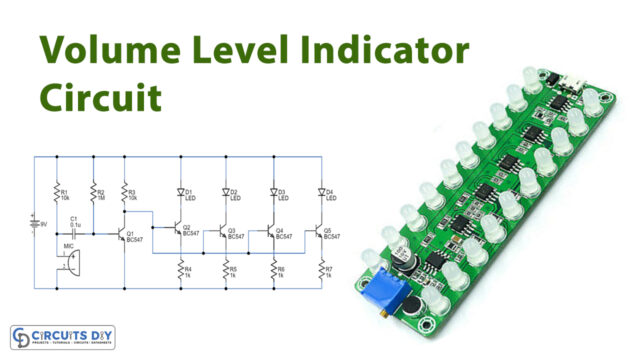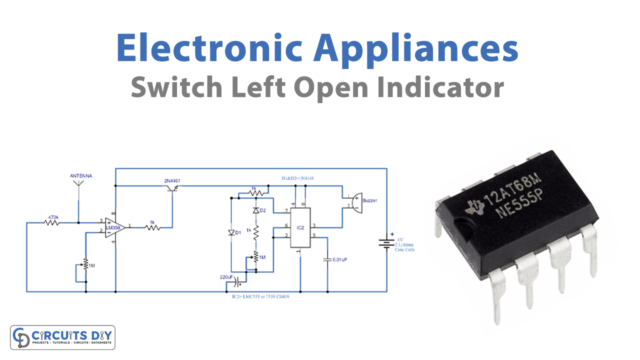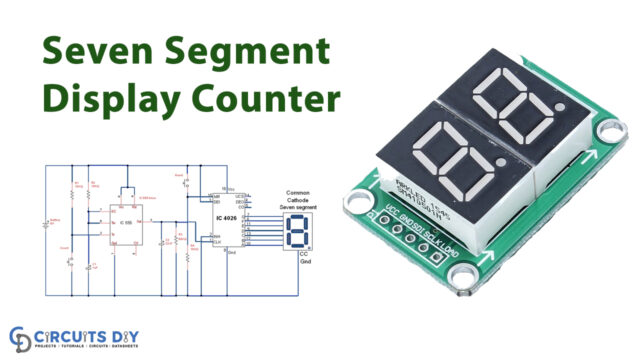Introduction
Making a simple telephone amplifier circuit can be a fun and educational project for anyone interested in electronics. By following a few simple steps, you can build a circuit that amplifies the sound from your telephone, making it easier to hear and understand the person on the other end. Whether you’re a student looking to learn about electronics or a DIY enthusiast looking for a new project, this guide will provide the information you need to get started.
In this guide, we’ll walk you through the process of building a simple telephone amplifier circuit. You’ll learn about the components you’ll need and how to assemble them to ensure it’s working correctly. With clear instructions and helpful illustrations, you’ll have everything you need to create your own telephone amplifier circuit in no time. So, let’s dive right in!

| S.no | Components | Value | QTY |
|---|---|---|---|
| 1 | IC | CA3020 / CA3020A | 1 |
| 2 | Polar Capacitor | 10uF, 5m/d, 5uF | 1, 1, 1 |
| 3 | Non Polar Capacitor | 0.01 | 2 |
| 4 | Resistor | 1k, 5.1k, 510k, | 1, 1, 1 |
| 5 | Variable Resistor | 10k | 1 |
| 6 | Transformer | – | 1 |
| 7 | Speaker | 8ohm | 1 |
| 8 | Switch | – | 1 |

| S.no | Components | Value | QTY |
|---|---|---|---|
| 1 | IC | 741 | 1 |
| 2 | Polar Capacitor | 100u, 10u, | 3, 1 |
| 3 | Non Polar Capacitor | 3n3 | 1 |
| 4 | Resistor | 9k1, 100k, 4k7, 470k, 47k, 10k | 1, 1, 1, 1, 1, 1 |
| 5 | Variable Resistor | 2k2 | 1 |
| 6 | Inductor | 5mH | 1 |
| 7 | Transistor | 2N2297, 2N3904, 2N4034 | 1, 1 |
| 8 | Diode | 1N419 | 2 |
| 9 | Speaker | 8ohm | 1 |
Working Explanation
If you see the above section of the circuit diagram, there are two different telephone amplifier circuits. Let’s explore both of them individually.
Circuit 1
The telephone pickup coil is a crucial component in the telephone amplifier circuit. This coil is made of 3000 turns of 38 S.W.G copper enameled wire wound around a 2-inch diameter plastic or paper former. It’s essential to pay attention to the details while making the pickup coil, as it greatly affects the circuit’s sensitivity.
When placed close to the telephone, the pickup coil picks up the audio frequency variations of the current produced by the microphone. These signals then get fed to the IC amplifier for amplification. The amplifier circuit consists of one IC and a few external components. The output signal, after amplification, has a strength of approximately 400 mV, enough to drive a small loudspeaker.
To use the telephone amplifier:
- Connect the pickup coil to the input of the amplifier with shielded wires and set the volume control to maximum.
- Place the pickup coil near the telephone receiver, but keep the amplifier unit away from the coil to prevent feedback.
- As you talk on the telephone, adjust the coil to the point where the output is maximum, mark that position, and fix the coil.
The current drain of the amplifier is low, so the battery used lasts a long time, but you can also use a battery eliminator if desired. Using a metallic cabinet or enclosure also reduces the feedback effect.
Circuit 2
In this telephone amplifier circuit, the signals are selected through the coil L1, a 5 mH RF choke, which is tapped towards the end of the set. The coil acts as a filter, allowing only the desired signals to pass through.
The Q1 transistor functions in the common base mode, with the output signal appearing at the collector resistor, R4. The output stage includes two complementary transistors incorporated into the feedback loop of IC1.
The gain provided by the IC is adjustable through the inclusion of R6, which can be modified to achieve the desired output level. D1, D2, and R7 provide the necessary bias for the output pair. The interstage capacitor supplies a 13db boost at the bass end at 300Hz. C5 sets the upper-frequency limit of the circuit at 3 kHz, which is the ideal bandwidth for optimal performance.
The circuit only requires a quiescent current of 5 mA, making it suitable to operate from a series of 9V batteries. So, this telephone amplifier circuit is designed to be low-power and easy to use.
Conclusion
These telephone amplifier circuits are simple and effective solutions for amplifying telephone signals. With just a few components and a single IC, the circuits are easy to assemble and provide ample amplification for a small loudspeaker. By carefully following the instructions, anyone can build this circuit and enjoy enhanced telephone conversations.
We hope this article gives you a better understanding of the telephone amplifier circuit. Thank you for reading; we hope you enjoyed the article!







